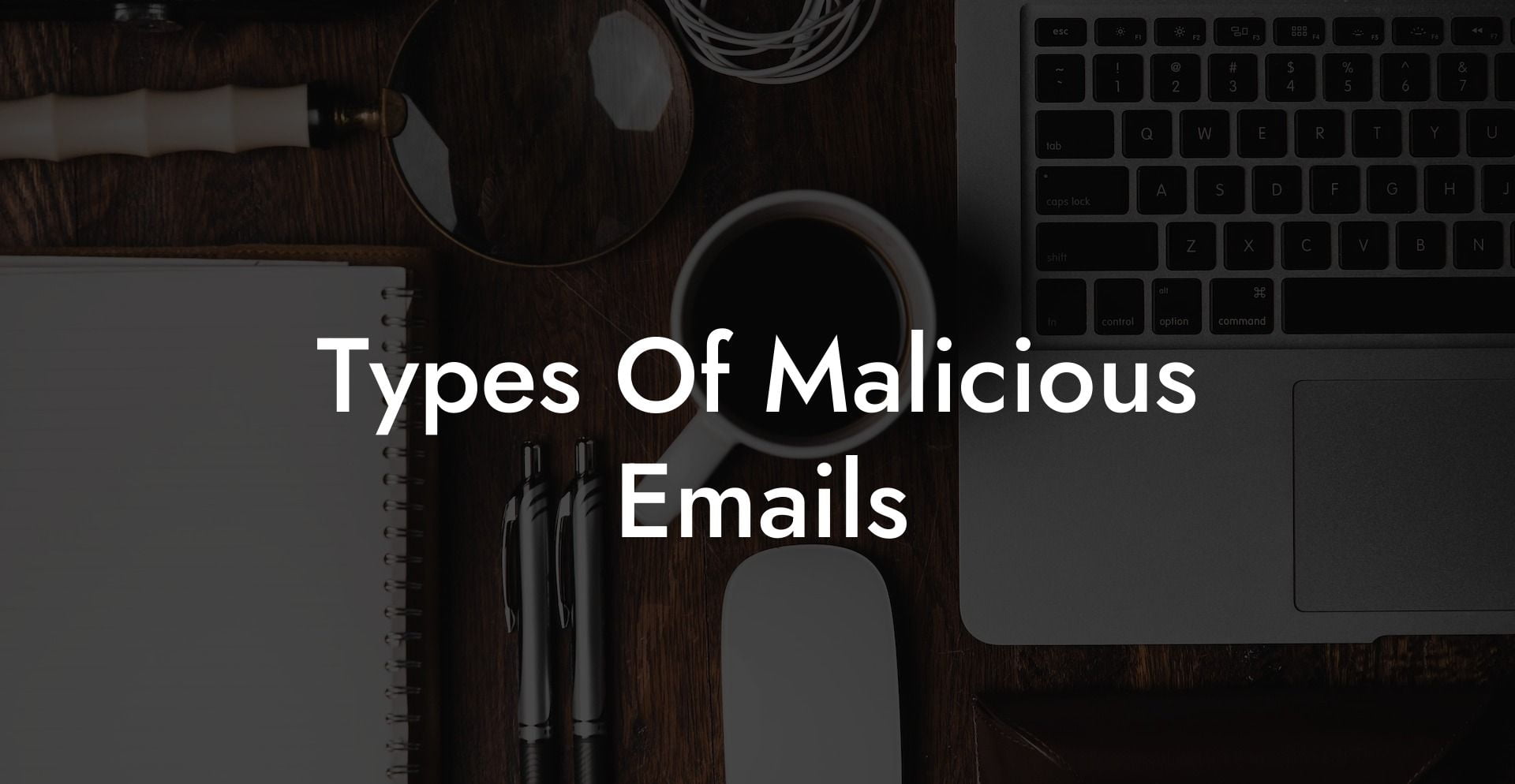In today's digitally connected world, malicious emails, also known as phishing emails, have become the go-to technique for cybercriminals looking to trick unsuspecting individuals into revealing sensitive information or granting unauthorized access to valued data. Such attacks can not only cause financial losses but also destroy reputation and trust. With Voice Phishing's complete guide to the dangers of phishing, we aim to help readers identify various types of malicious emails and protect themselves against this constantly evolving threat. In this post, we will walk you through the different types of malicious emails and how to avoid falling prey to their tactics.
Types Of Malicious Emails Table of Contents
Malicious emails come in various flavors, each with its own purpose and method of operation. Here are some common types of phishing emails you should be aware of:
1. Deceptive Phishing
Protect Your Data Today With a Secure Password Manager. Our Top Password Managers:
The most common type of phishing attack, deceptive phishing involves impersonating a legitimate company, such as a bank or a popular ecommerce site, in an attempt to fool recipients into providing their personal information or login credentials. These emails often feature a sense of urgency, like an account suspension or security breach, and contain links to fake websites that closely resemble the real ones.
2. Spear Phishing
This is a more targeted form of phishing, where attackers tailor their messages to specific individuals, using personal details to make the email seem more legitimate. Spear phishing emails may include the recipient's full name, job title, or other personal data that can be easily found publicly online, such as on social media. By gaining their victim's trust, these cybercriminals increase the likelihood of securing sensitive information.
3. Whaling
Whaling attacks target high-level executives within an organization, such as CEOs or CFOs, with an aim to obtain valuable company information or initiate fraudulent financial transactions. These malicious emails often appear as urgent requests from other executives or partners of the company, requiring immediate action.
4. Clone Phishing
In clone phishing, attackers duplicate a legitimate email previously sent to the recipient, replace the original content or attachments with malicious content, and then resend it from an email address that appears to come from the original sender. This tactic takes advantage of the recipient's familiarity with the original content, making it difficult to spot the deception.
5. Malware-based Phishing
These malicious emails contain attachments or links that, when clicked, infect the recipient's device with malware. This might include ransomware, keyloggers, or other harmful software designed to steal sensitive data or gain unauthorized access to the victim's device.
Types Of Malicious Emails Example
Imagine receiving an email from your bank, alerting you that there have been suspicious activities detected on your account. The email includes a link to a website where you can verify your account details to prevent any unauthorized transactions. You click on the link, which takes you to a site that looks identical to your bank's official website. You enter your login credentials and, without realizing it, you have just provided a cybercriminal with access to your account.
The ever-changing landscape of phishing attacks requires individuals and organizations to stay vigilant and informed about the types of malicious emails and their warning signs. Always be cautious when opening emails from unknown senders, clicking on links or downloading attachments. Keep your security software up-to-date and educate yourself on the latest phishing trends.
We hope this guide has provided you with valuable insights into the types of malicious emails and how to protect yourself from them. If you found this information helpful, please don't hesitate to share this post with your friends, family, and colleagues. And remember, Voice Phishing is here to provide you with an extensive range of guides on various aspects of cybersecurity, so make sure to explore our other resources!
Protect Your Data Today With a Secure Password Manager. Our Top Password Managers:















